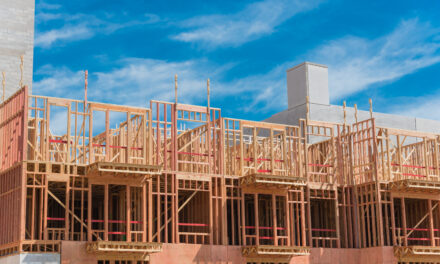Chinese property investors pour billions of dollars into the U.S. economy each year, with much of their activity focused in California. But Chinese investment slowed dramatically in 2017.
Total Chinese property investment in the U.S. fell from $16.2 billion in 2016 to $7.3 billion in 2017, according to a report by commercial real estate company, Cushman & Wakefield.
In California, Chinese investment declined:
- 52% in San Francisco; and
- 67% in Los Angeles.
Most of this decrease was due to fewer dollars spent to acquire or build hotels.
Instead, Chinese investors are increasingly finding properties in other countries, particularly the United Kingdom (UK), a good place for investment due to its weakened currency.
The report speculates the main reasons for the decline are:
- new controls by the Chinese government regarding the outbound flow of investment capital;
- more scrutiny from the U.S. Committee on Foreign Investment; and
- greater investment opportunities in other countries.
The decline in investment was proportional across all U.S. top markets — further evidence that the slow in investment has more to do with changes at the levels of the U.S. and Chinese federal governments than any state-level changes.
Thus, the good news: California remains an attractive place for foreign investment. Nonetheless, it is being held back by federal policies it has no control over.
Related article:
Obstacles to foreign investment in 2018-2019
Foreign investment makes up a significant chunk of California’s commercial real estate market. But 2017’s dramatic decline shows the uncertainty of future investment here and across the U.S.
Future obstacles to Chinese property investment in the U.S. include:
- rising interest rates, which demand higher capitalization (cap) rates, slowing price appreciation;
- rumblings about an imminent trade war with China; and
- less enthusiasm about the EB-5 visa program for foreign investors.
The EB-5 visa program has lost much of its U.S.-backing in recent months, and is currently authorized only through the end of September 2018. Due to the uncertainty of the program’s future, funds from investors on EB-5 visas were 28% lower in 2017 compared to the previous three-year-average, according to the Los Angeles Times.
The current anti-foreign rhetoric broadcasted from our highest government offices isn’t helping anything. Further, China’s current stance on U.S. investment is likely to look benign in comparison if today’s actions culminate in a full-blown trade war.
But there’s no reason to panic — yet. Demand for property in California remains high, as vacancy rates are low and commercial construction has yet to rebound. But property investors are wise to proceed with caution in 2018, with an eye on global markets.
Related article:
Trade wars and closing borders — the impact on California real estate














